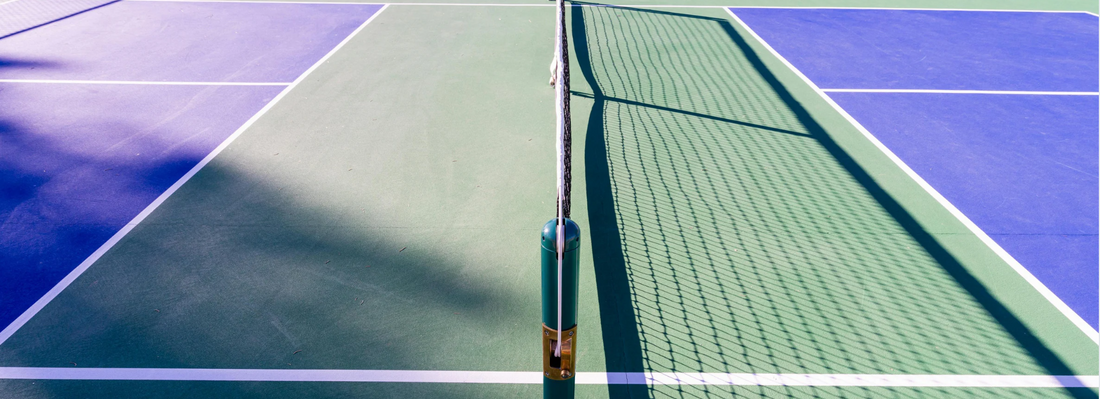
From Court to Kitchen Line: How Positioning Shapes Every Rally
Share
In pickleball, few factors influence the flow of play more than positioning. While shot selection and technique get plenty of attention, where you stand—and how quickly you get to the optimal location—can be the deciding factor between controlling the rally and chasing it. The court is a canvas, and every movement is a brushstroke that determines the picture you paint with your play.
The Kitchen Line Advantage
The non-volley zone, affectionately known as “the kitchen,” is prime real estate in pickleball. Controlling the kitchen line allows you to intercept balls early, apply pressure, and reduce your opponent’s reaction time.
Key Benefits of Kitchen Line Positioning
- Maximized Attack Opportunities: Being close to the net opens angles and shortens opponents’ reaction windows.
- Defensive Neutralization: You can cut off lobs and slow dinks before they develop into threatening shots.
- Court Control: Your presence forces opponents into riskier plays or defensive lobs.
Positioning Tip
Advance to the kitchen line as a unified front in doubles. Staggered positions often leave exploitable gaps.
Baseline Brilliance
While the kitchen line is a stronghold, the baseline serves as your launch pad. Strong baseline positioning keeps you prepared for deep serves, powerful drives, and transition play.
Key Baseline Tactics
- Deep Serves and Returns: Force opponents to stay back longer, buying you time to advance.
- Balanced Stance: Keep weight centered for explosive forward or lateral movement.
- Shot Preparation: Baseline rallies often dictate who gets to the net first.
Positioning Tip
Never linger at the baseline unnecessarily. Your goal should be to transition forward after neutralizing or pressuring your opponent.
The Transition Zone Challenge
The space between the baseline and the kitchen line—the dreaded “transition zone”—is where rallies are often won or lost. Here, you’re most vulnerable to drives at your feet or sharp-angled shots.
Survival Strategies
- Stay Low: A lower center of gravity allows quicker reaction to fast balls.
- Controlled Advancement: Move forward only after executing a shot that limits your opponent’s ability to attack.
- Use Soft Shots: Drop shots or controlled dinks help you close the gap safely.
Positioning Tip
Avoid lingering in the transition zone. It’s a stepping stone, not a destination.
Doubles Dynamics: Coordinated Movement
In doubles, positioning becomes a synchronized dance. One player’s location dictates the other’s, and proper spacing is critical to avoiding overlap or gaps.
Effective Doubles Positioning Rules
- Move as a Unit: Shift laterally in sync to cover angles.
- Fill the Gap: If your partner is pulled wide, adjust your position to protect the middle.
- Communication is Key: Call shots early to maintain clarity and confidence.
Reading the Rally
Positioning isn’t static—it evolves with each shot. Anticipation is your greatest ally. By reading your opponent’s paddle angle, body positioning, and ball trajectory, you can adjust your stance before the shot even crosses the net.
Anticipation Habits
- Stay on Your Toes: Avoid flat-footed stances to enable quick movement.
- Observe Opponent Patterns: Many players have predictable habits under pressure.
- Recover Quickly: After each shot, return to a balanced, ready position.
Conclusion
In pickleball, positioning shapes every rally from start to finish. Mastering the movement from baseline to kitchen, navigating the transition zone with purpose, and maintaining optimal doubles coordination are skills that can elevate your game significantly. Remember, the smartest players are not always the fastest or strongest—they are the ones who know exactly where to be and when to be there.












